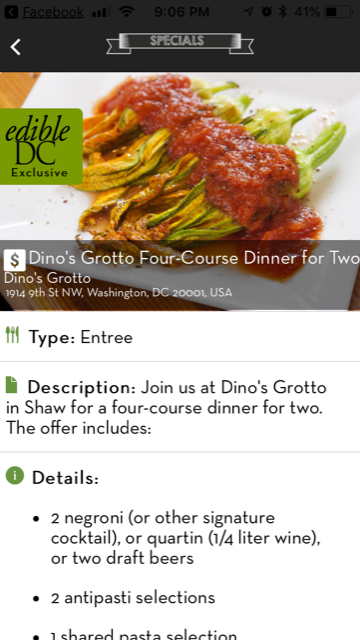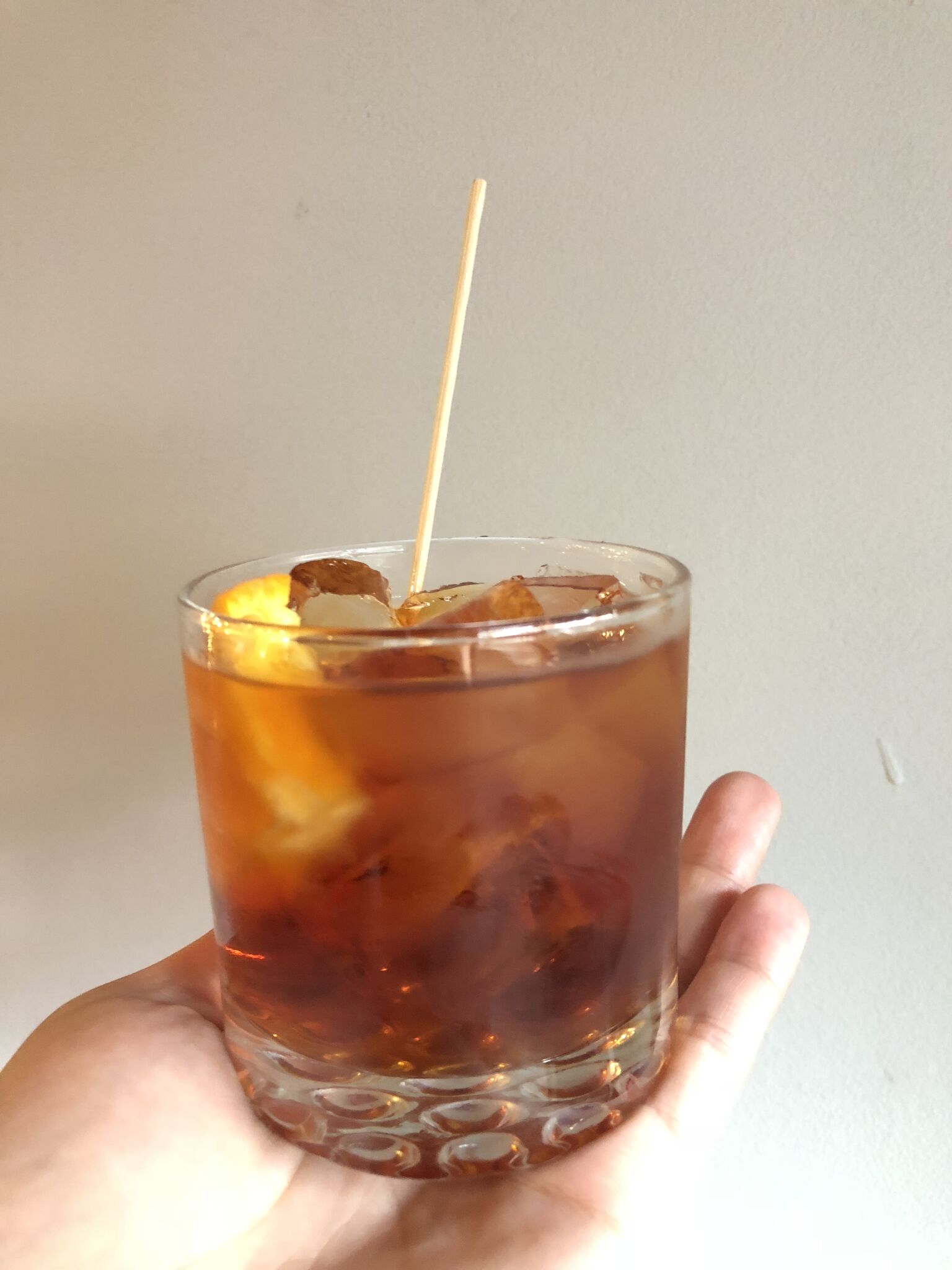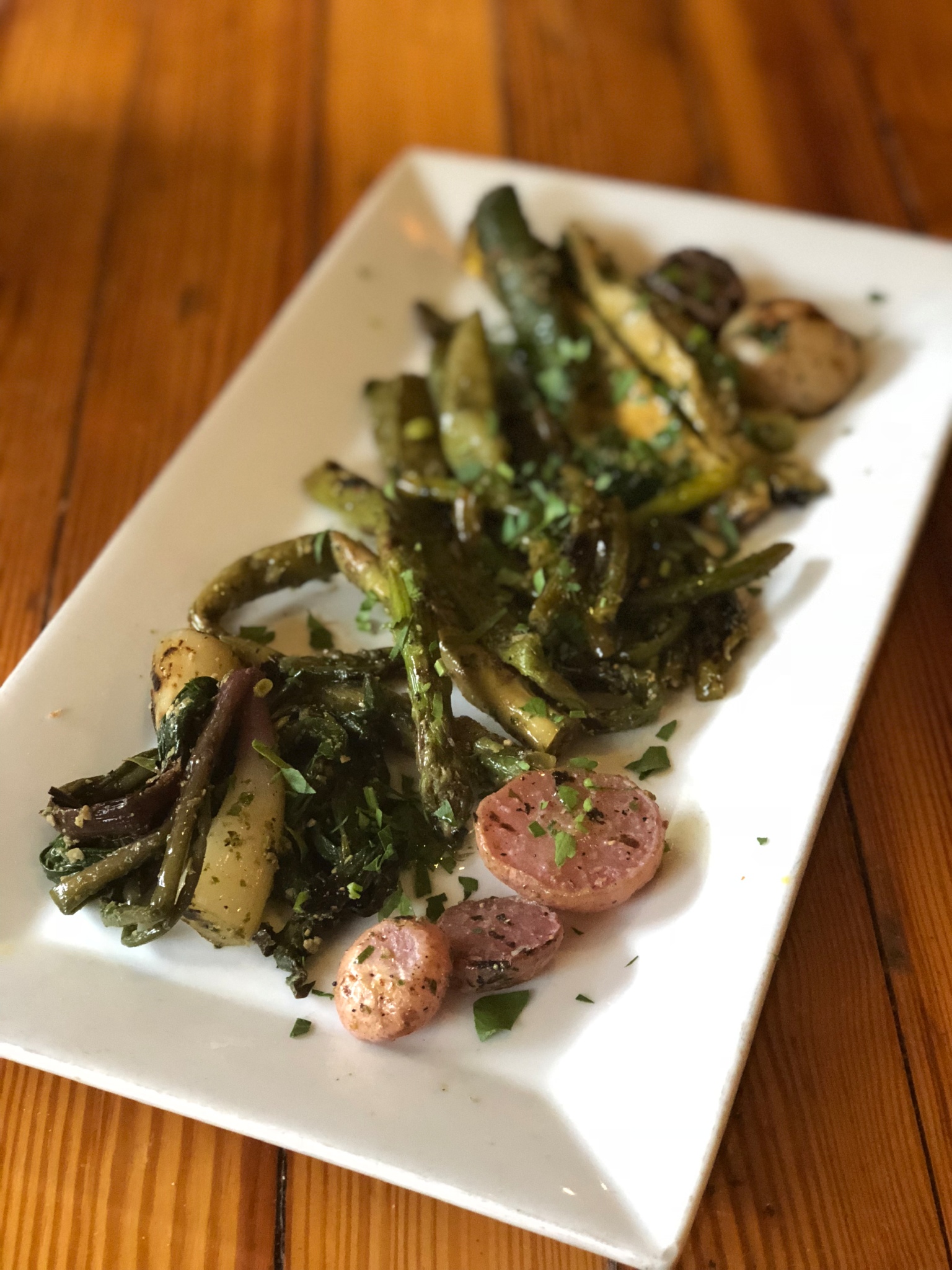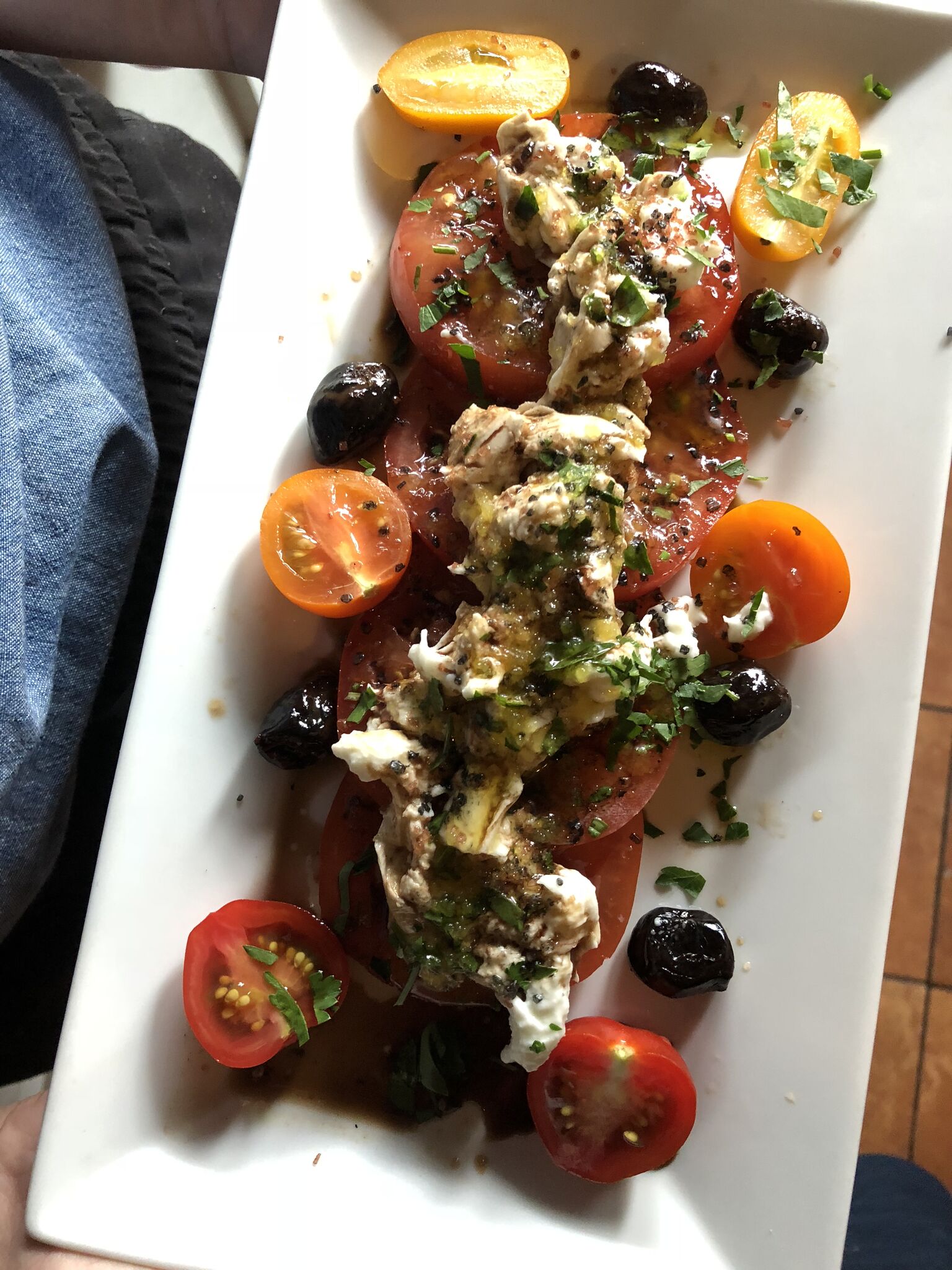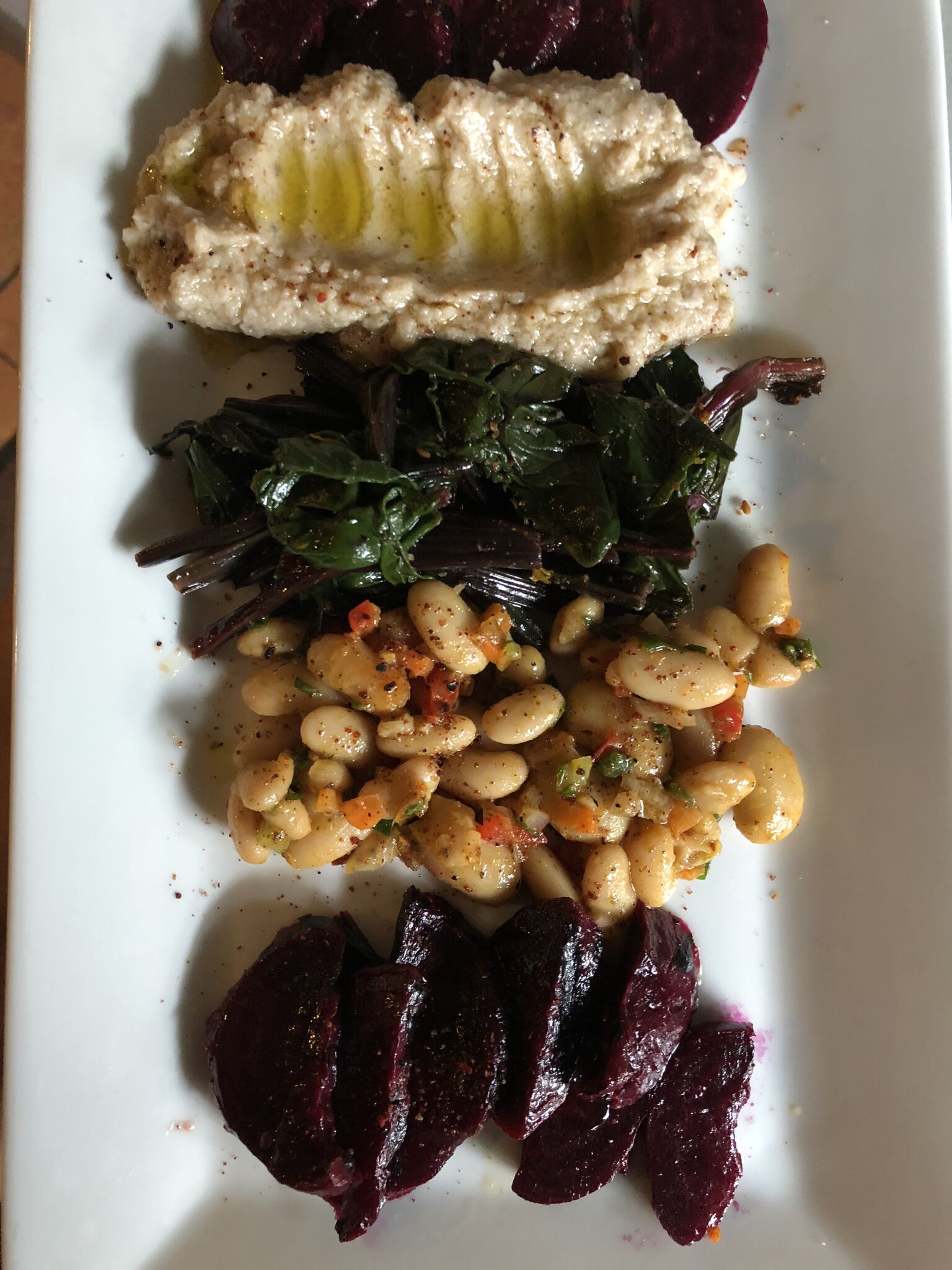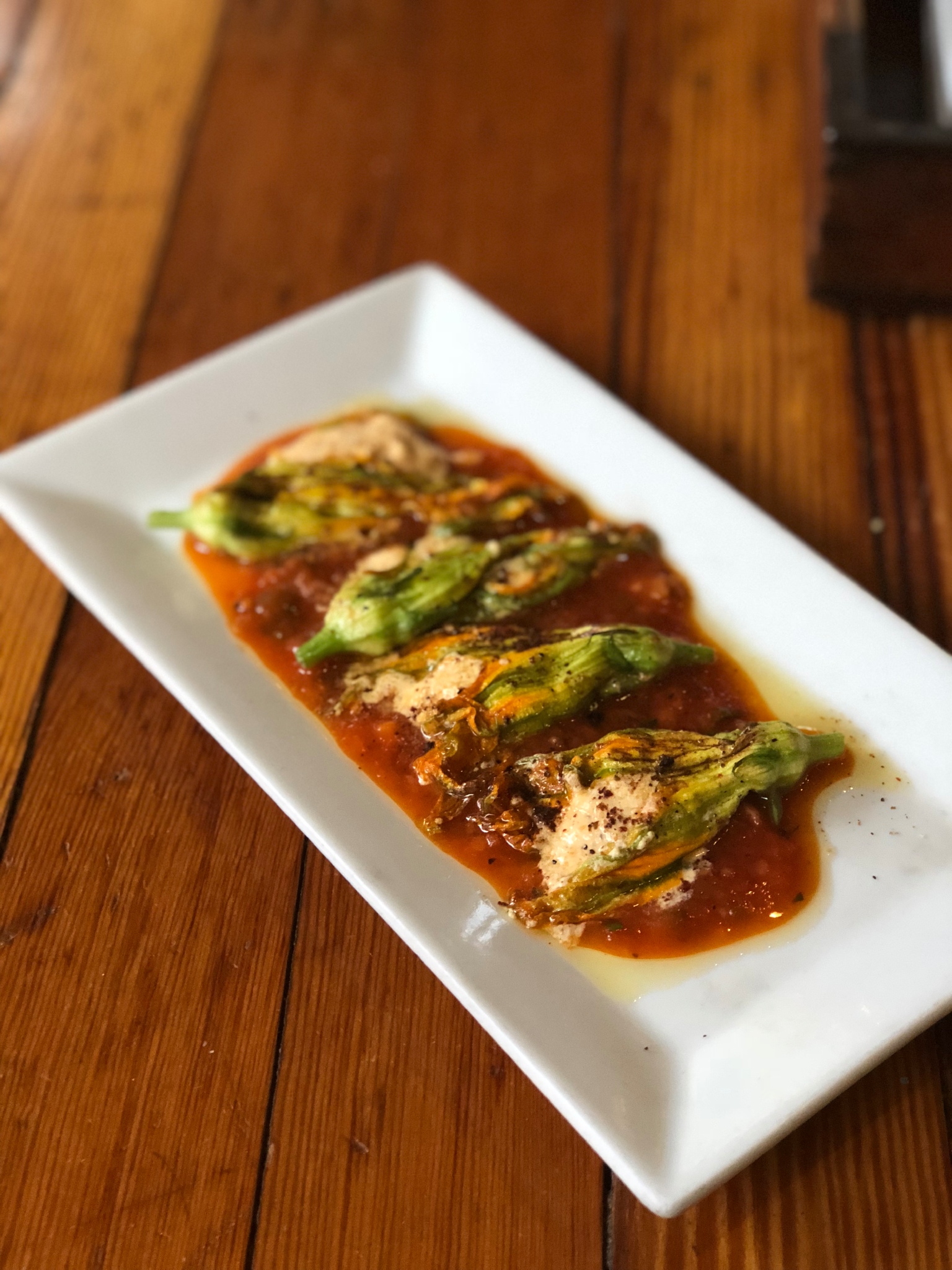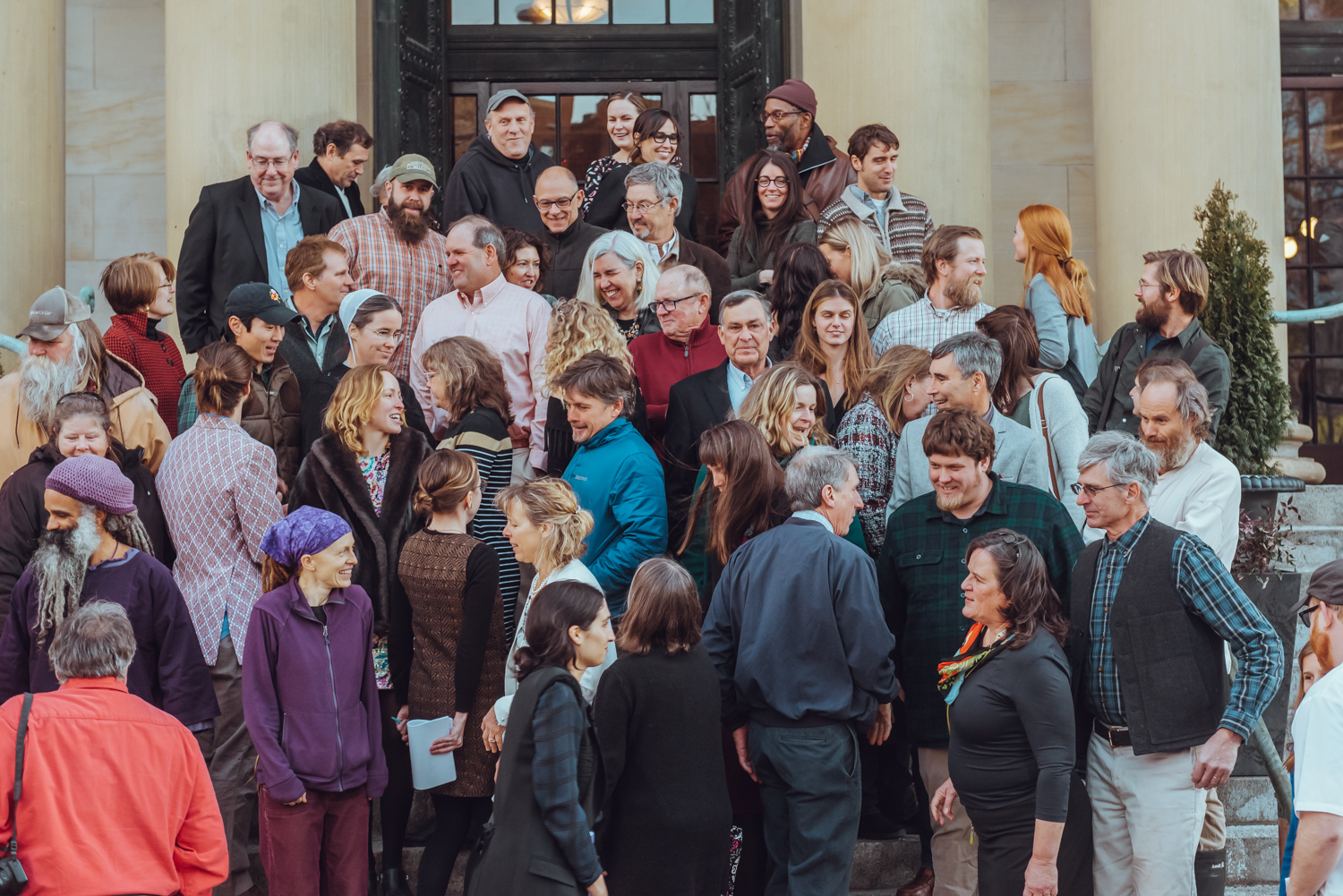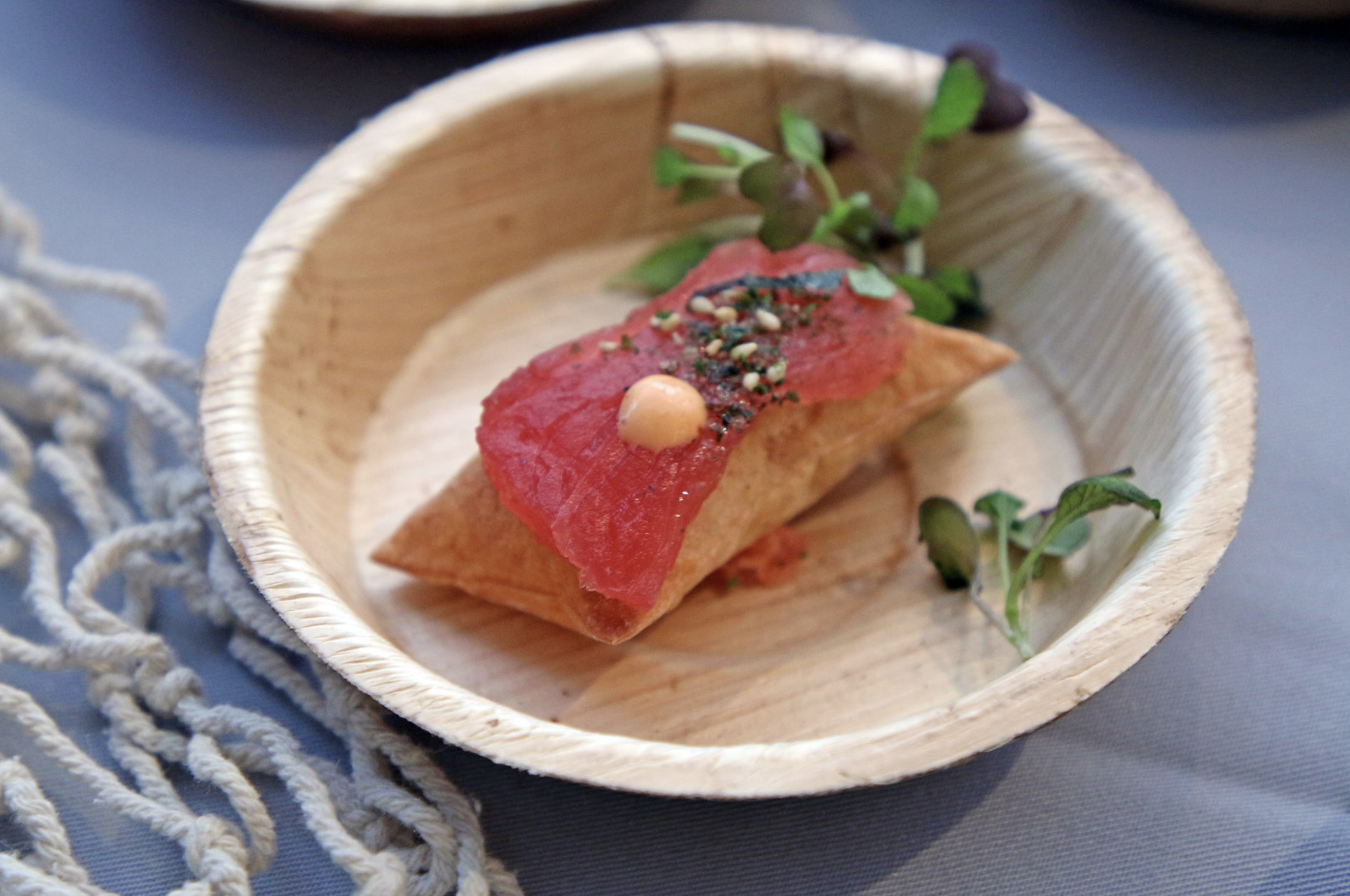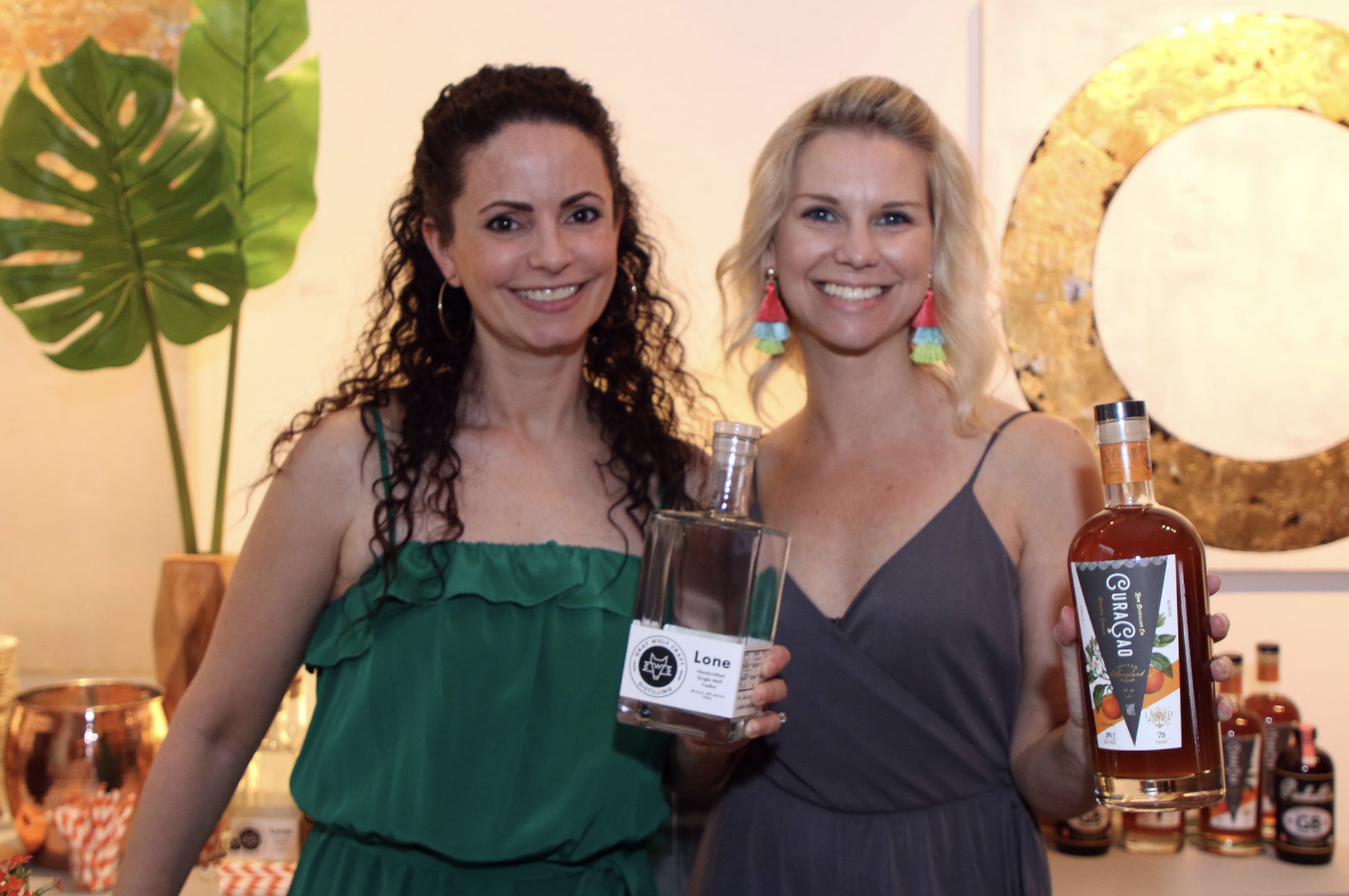Eating Greener: Future Harvest CASA Aims for Healthier Farms, People and Animals
/Dena Leibman, Executive Director, Future Harvest CASA. Photo by Linda Wang.
By Lani Furbank | Photography by Linda Wang
Early in Dena Leibman’s career she believed that farming and environmentalism didn’t mix. “I had this naïve ‘farmers are the enemy’ kind of approach. To me, wilderness was sacred,” she recalls.
Her career had been built on work with the National Park Service, the US Forest Service, the National Wildlife Federation and the Environmental Protection Agency and was all rooted in protecting nature. It wasn’t until she took a job with the USDA’s Sustainable Agriculture Research and Education Program that she began to understand how farmers could make land and water stewardship a priority.
“That job just changed my life. I learned about sustainable agriculture and it introduced me to the realities of farming. My black-and-white views became a whole lot grayer,” she says.
Dena now has her own farm—primarily a retreat center for nonprofits—which led her to Future Harvest CASA (Chesapeake Alliance for Sustainable Agriculture).
“When we bought the farm, I went to every single Future Harvest CASA field education event I could go to,” she says. “And I learned a lot about what I didn’t want to do.” Eventually she became the nonprofit’s executive director, a role she’s held for the past five years.
Future Harvest CASA’s mission is to advance agriculture that is profitable, protects land and water and strengthens communities.
“That’s our core mission,” she says. “It’s not that easy, but it’s doable, and farmers prove it all the time.”
This year, the organization is celebrating its 20th anniversary and launching a major education campaign. We sat down with Dena to discuss her life as a farmer, her work at Future Harvest and the Go Grass-fed Campaign.
Dena in her kitchen at her farm. Photo by Linda Wang.
Once you had your own land, did your understanding and appreciation of farming change?
Oh my god, yes! If they haven’t been raised on a farm, people go into farming with this bright-eyed look, no matter how much you take them by the collar to shake them and say, “It’s really hard, do your homework, look at the markets.” They just want to go do it. I was just like them, even though I knew better.
We built the hoop house and it was in perfect order. I planted a lot of kale, and I grew it and I harvested it. I get to the Takoma Park Co-Op and their buyer gives me $45 for something I had spent hours and hours and hours on. I realized there’s certainly no profit in the way I was doing that. I talk to farmers day in and day out. You have to just love it, you have to be a great marketer and you have to have help if you’re going to make your living off of farming. I have little patience for people who think it’s easy.
How does Future Harvest support farmers?
We do education, community building and advocacy on behalf of sustainable agriculture in the Chesapeake region. Our field school runs field education events—either expert-led or farmer-to-farmer—teaching innovations in marketing as well as sustainable production. The beginner farmer training program is 10 years old, and it started with just a couple farmers in Baltimore County saying “We’re running out of farmers.” Now, I would say we’ve graduated about 300 graduates. A lot of them start farming and then give it up, but what’s happening is that the people who really are meant to be farmers, they persevere and they figure it out. We also give startup grants to low-income farmers, and I would say about 20% of this year’s and last year’s class are farmers of color. Our annual January conference launches our programming every year and about 650 people come, from farmers from all over the region to food advocates. It has production workshops, social justice workshops, regenerative agriculture workshops, marketing workshops. There’s something for everyone.
What is the Go Grass-fed Campaign?
The goal of the Go Grass-fed Campaign is to step up both supply and demand for grass-fed meat and dairy, which to be successful will take consumers being complete partners with farmers. Consumers can’t demand anything from farmers for which they’re not willing to help maintain a robust market. We are “farmer first,” so in this campaign we’ll educate consumers with the farmer in mind.
Several years ago, we published the Amazing Grazing Directory, listing all the producers of grass-fed meat and dairy products in Delaware, Maryland, Virginia and West Virginia. In the last edition, the number of producers tripled and we realized that there was increasing competition for those farmers. We knew that we could help step up demand for grass-fed products, so we wrote a grant proposal to the USDA, and we got it.
For the producer-facing part of it, we partnered with the Mountains-to-Bay Grazing Alliance. They, along with Future Harvest, are doing production workshops. Then there’s the consumer-facing part. The Maryland Farmers Market Association and Central Farm Markets will be doing meat tastings in the fall. The Chesapeake Bay Foundation is putting on this big Burgers and Brews event and it’s going to be featuring grass-fed beef. A filmmaker is producing a film that will explain all the virtues of going grass-fed. Plus the new Amazing Grazing Directory, which we’re putting together. We’re going on all cylinders here.
Why should consumers care if their meat is grass-fed?
We’re distilling it down into three things: It’s good for you, it’s good for the planet and it’s good for farmers and animals. For you, there’s less fat, fewer calories, more omega-3 fatty acids, more conjugated linoleic acid (CLA), more protein. They say it’s linked to decreased risk of cancer, diabetes, some types of immune system disorders and cardiovascular diseases. For the planet, it increases the health of the soil and improves water quality. The stable soil system maintains more water, and thus prevents polluted runoff. It can store carbon from the atmosphere. This is the kind of farming that mimics nature and works with nature, and it’s just a beautiful way to farm. It’s better for farmers because they don’t get locked into importing a lot of grain or growing a lot of grain. They can have self-sustaining pastures. As for animal welfare, they’re out on pasture, they’re grazing on delicious forage, very nutritious for animals. The meat is more flavorful; everything’s more flavorful in this kind of system.
What is the best way to support the grass-fed industry?
It’s saying “I pledge to spend a minimum of 80% of my meat budget on locally produced grass-fed meat and dairy.” It sounds doable, doesn’t it? I would hope that people eat less meat and the meat they eat is raised on pasture. Can we feed everybody through pasture-raised meat if they eat less? Yes.
















